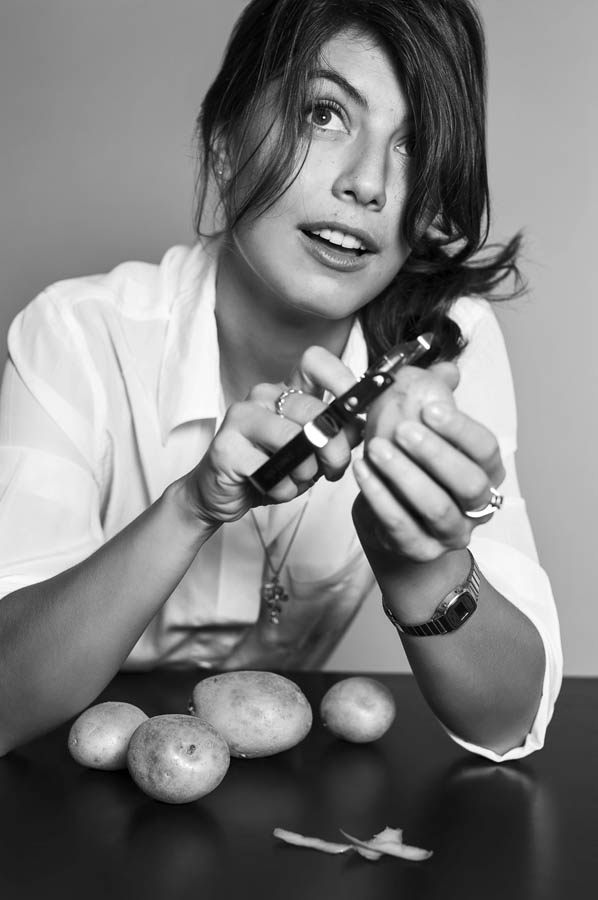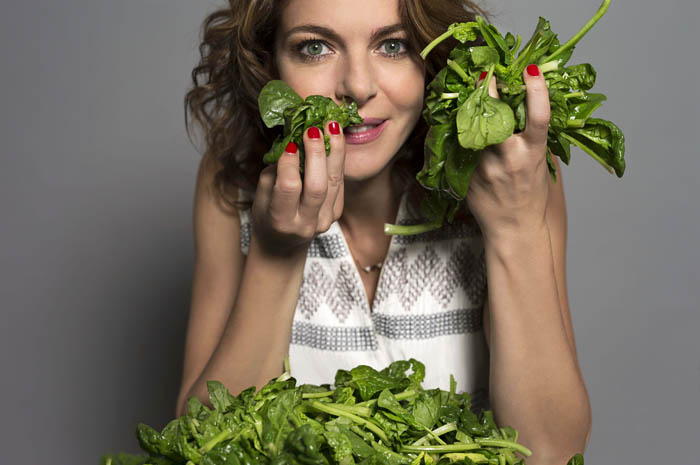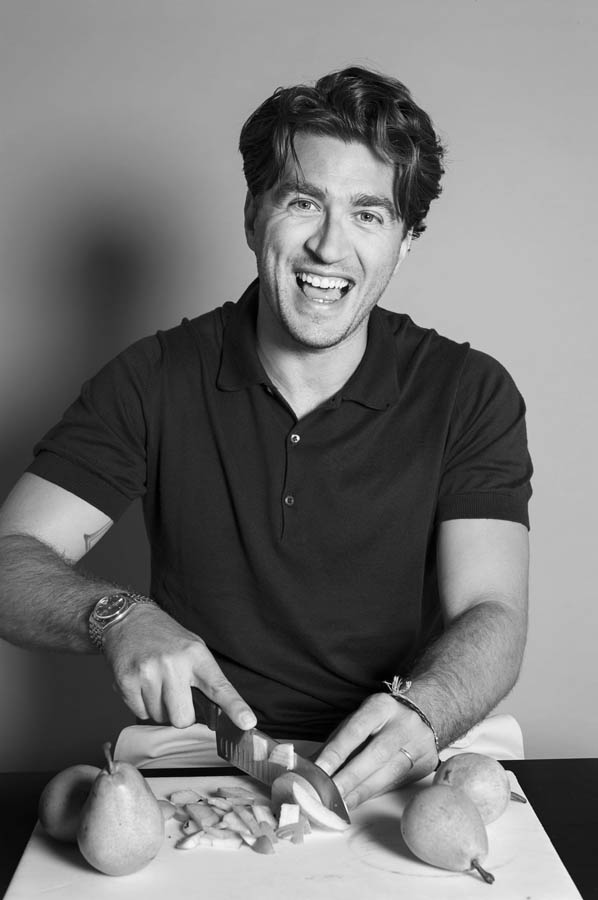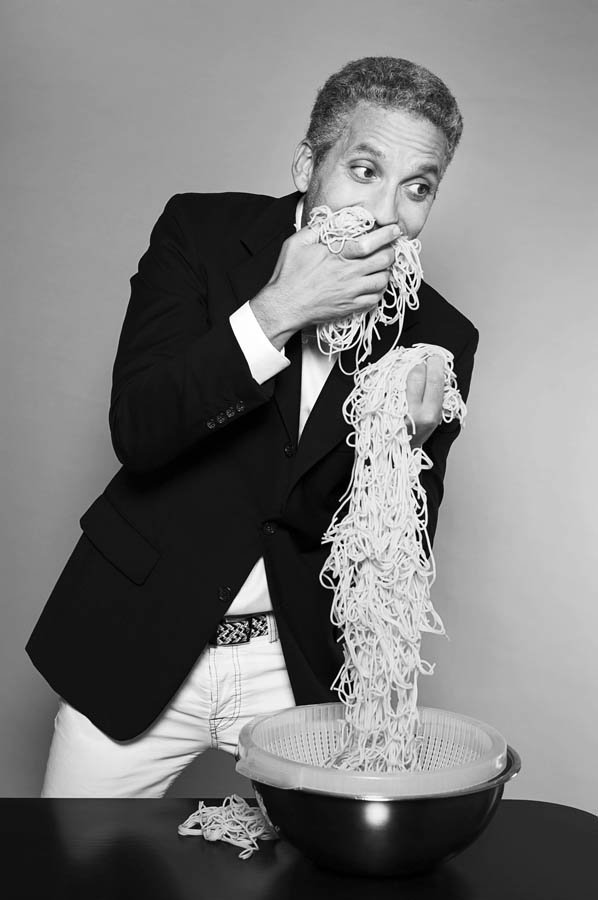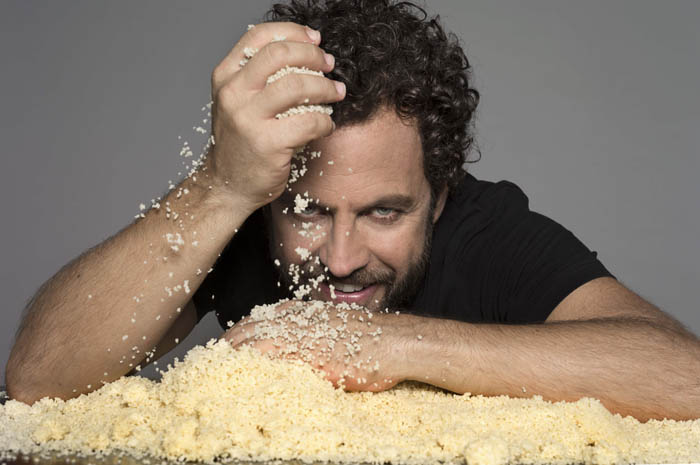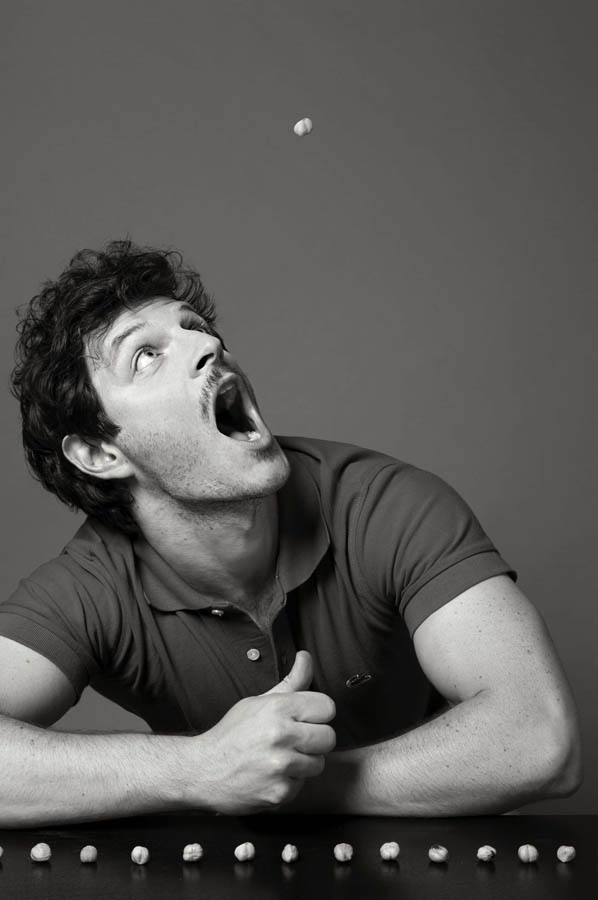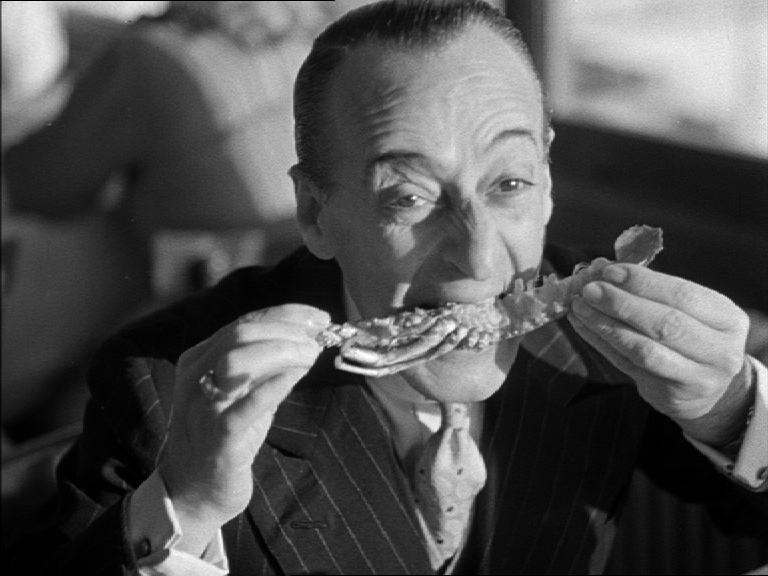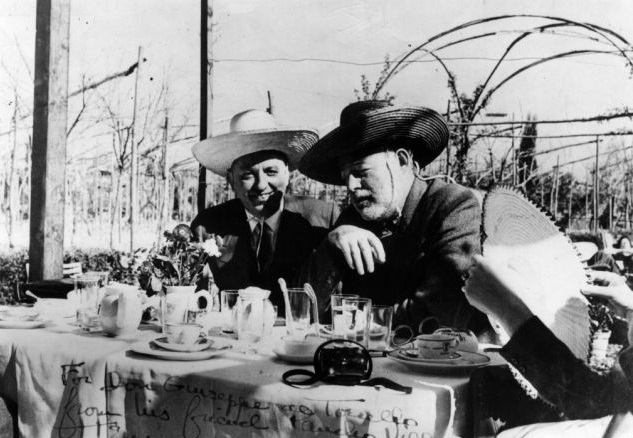CIS EXHIBITION
From November 17th, 2016 to January 27th, 2017 at Italian Cultural Institute of Los Angeles
Exhibition Recipes and Portraits of Actors by Stefano Guindani
Food and film: a nearly perfect pair. Each filmstrip capturing culinary delights has an enormous power. Not only do they entertain and evoke emotion, but they also lead to the discovery of new recipes that touch the hearts of the viewers as much as the actors’ actual performances. The idea for this current project was a product of love: love for the cinema and for good cooking. These two art forms have contributed to the celebration of Italy, with its extraordinary culinary and cinematographic traditions, all over the world.
Stefano Guindani made a whimsical request to this group of famous Italian actors: play with the ingredients from recipes best representing the connection to their homeland. These twenty-one portraits by Stefano are the center focus of the exibition “Ricette e Ritratti d’Attore” (Recipes and Portraits of Actors), produced by RAI CINEMA. Thanks to the collaboration of Laura Delli Colli, the most celebrated actors of Italian cinema have described their adventures in the kitchen with suggestions, anecdotes, and personal memories. The resulting creation of delicious meals, prepared by chef Max Mariola, perfectly represents each individual actor.
Stefano Guindani
Stefano Guindani, international fashion and celebrity photographer, harbors a strong passion for urban and social reportage. In 1998, he founded his company, SGP Stefano Guindani Photo, a team of thirty people that provides editorial production services for companies operating in the fashion and luxury sectors. After becoming the official photographer for Italy’s major fashion stylists, Stefano deepened his interest in reportage. The images of his book, Haiti Through the Eye of Stefano Guindani, published in 2010 have been shown in different exhibitions in Milan, New York and Florence.
Between 2014 and 2015, Stefano traveled to 9 different countries in Latin America: his compilation of photos was assembled in the book Do You Know for a celebration of the 60th anniversary of the humanitarian organization N.P.H. Stefano personally delivered the first copy to Pope Francis during an audience on the 2nd of December, 2015. Stefano Guindani was the first photographer to host a TV talent show dedicated to photography: “Scattastorie NX Generation” broadcasted on a Discovery Network channel.
In December 2015 Stefano was invited by Samsung to photograph Porta Nuova, the new technological district of Milan; this work led to the publication of the book Frames of Milan. In May of 2016, Stefano published Sguardi d’Attore; a collection of portraits of over 350 Italian movie actors.
The prestigious German company LEICA has chosen Stefano Guindani as ambassador of LEICA SL, the revolutionary full-frame mirrorless camera system. He continues to stay on the cutting edge of photography, utilizing new technologies to improve reportage not only in the luxury and fashion sectors, but around the world.
CIS DOC
For information click here.
November 23rd at Italian Cultural Institute of Los Angeles
WHEN ITALY ATE IN BLACK AND WHITE – CINECITTARIO (2016)
| Directed by: | Andrea Gropplero di Troppenburg |
|---|---|
| Runtime: | 46 min. |
| Production: | Istituto Luce-Cinecittà |
| Synopsis: | Have our ideas on nutrition, cuisine and conviviality changed over the past 90 years and how? Did the overall energy of our “Bel Paese” influence its “healthy food” lifestyle? Have the Italian’s customs and traditions changed at the table and in regards to their quality of life? How? To answer these questions, we set off on an accurate and cheerful journey amid traditional, regional and extremely authentic recipes of the Italian cuisine by exploring the black and white material of the vast archive of Istituto Luce. A flavorsome journey among special dishes, cuisines, testimonies, and gags of celebrities from the showbiz and the world of culture. Does proper nutrition produce good energy? Does conviviality support the creation of an intergenerational ‘pact’? Is nutrition still considered a form of social progress? Is eating alone unhealthy? What is a correct food and nutrition education? Is eating together at a table still an important moment in a family’s life? During the most important post-war crisis, are the black and white images of people that could find a moment of happiness sharing their food during the WWII famine still actual? These are just a few of the questions we wished to answer. And yet, in spite of so many questions, this documentary is not a sociological inquiry but more precisely a black and white (caring) research on recipes for good living. |
HARRY’S BAR (2015)
| Directed by: | Carlotta Cerquetti |
|---|---|
| Runtime: | 52 min. |
| Production: | Wider Films |
| Synopsis: | “You haven’t been to Venice if you haven’t been to Harry’s Bar”, say some of its more affectionate clients. Why has this Venetian bar become over the years such a point of reference so important to the city? Harry’s Bar was born in 1931 thanks to a loan made by a young barman at the Hotel Europa, Giuseppe Cipriani, towards an American guest who found himself without any money. The grateful guest, named Harry Pickering, a few years later returned the money and also financed a new bar that became Giuseppe’s realm, named after its backer: Harry. The bar immediately attracted many clients, because it was the first to have that hotel bar atmosphere without actually being in a hotel, and because of Giuseppe’s talent for making cocktails, creating exquisite dishes and being a charming host. From the year of its birth, Harry’s Bar underwent myriad vicissitudes, from its closing under fascism to it being proclaimed a national monument in 2001. In eighty years of Venetian history, this bar has been home to writers, artists, film directors, film stars, kings, queens and numerous bon vivants. To the point it became a legend. Giuseppe Cipriani was followed by his son, Arrigo, “the first man to be named after a bar”, who for fifty years has taken care of what he calls “La Stanza” (The Room). Despite the world having passed though it, Harry’s bar is a small place, its story forever intertwined with that of Venice, somehow linked to all the major events that have animated the city since the Thirties: from the Venice Film Festival to the Biennale D’Arte, from the war to Liberation, from the years of the Jet Set to the events of ’68. Linking the history of Venice with that of Harry’s Bar, the voices of various personalities involved in this Venetian affair narrate the story, in conjunction with the tales connected to the bar, as told by Arrigo Cipriani. The combination of these voices reveals the elements that made this bar unique in the world. |


